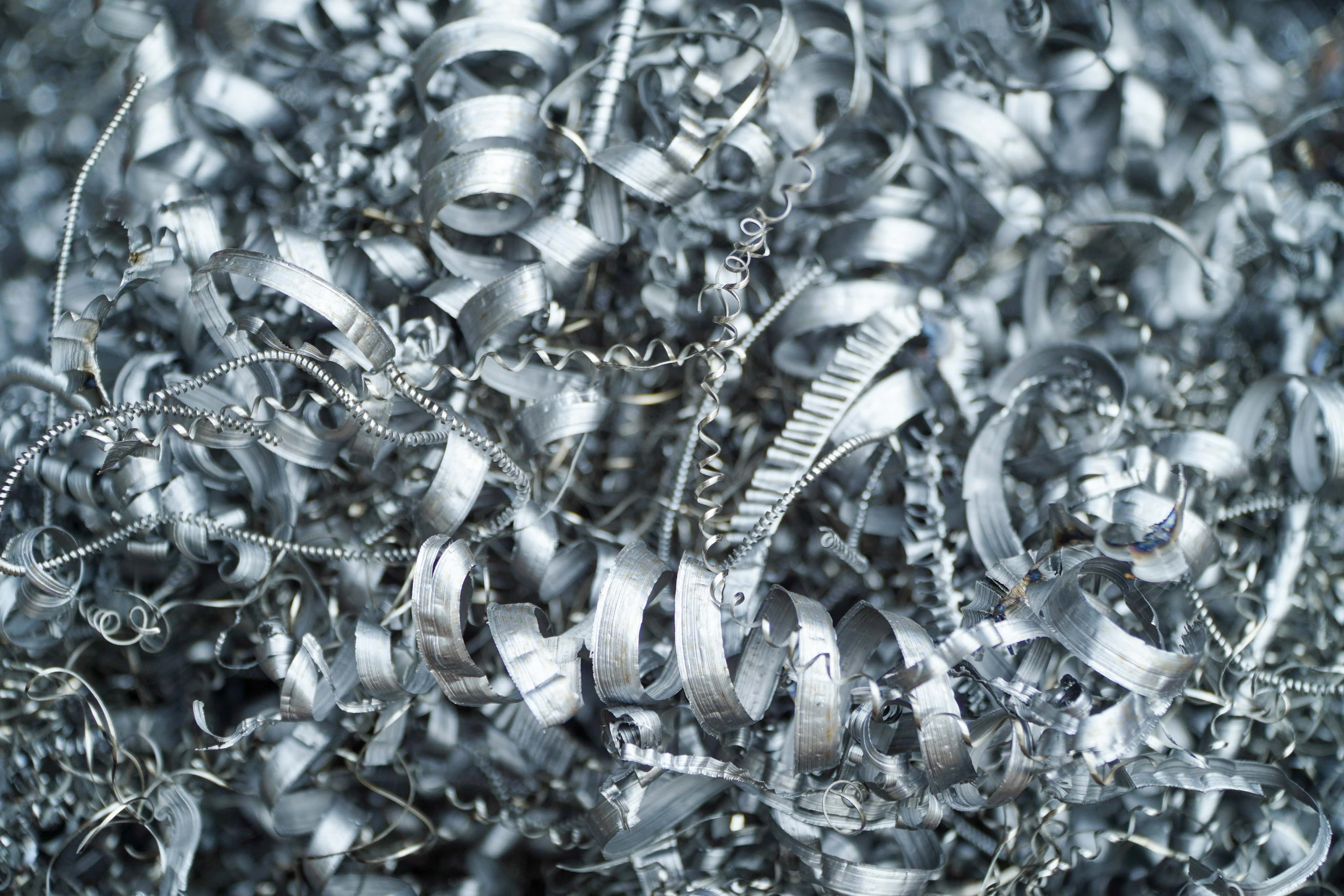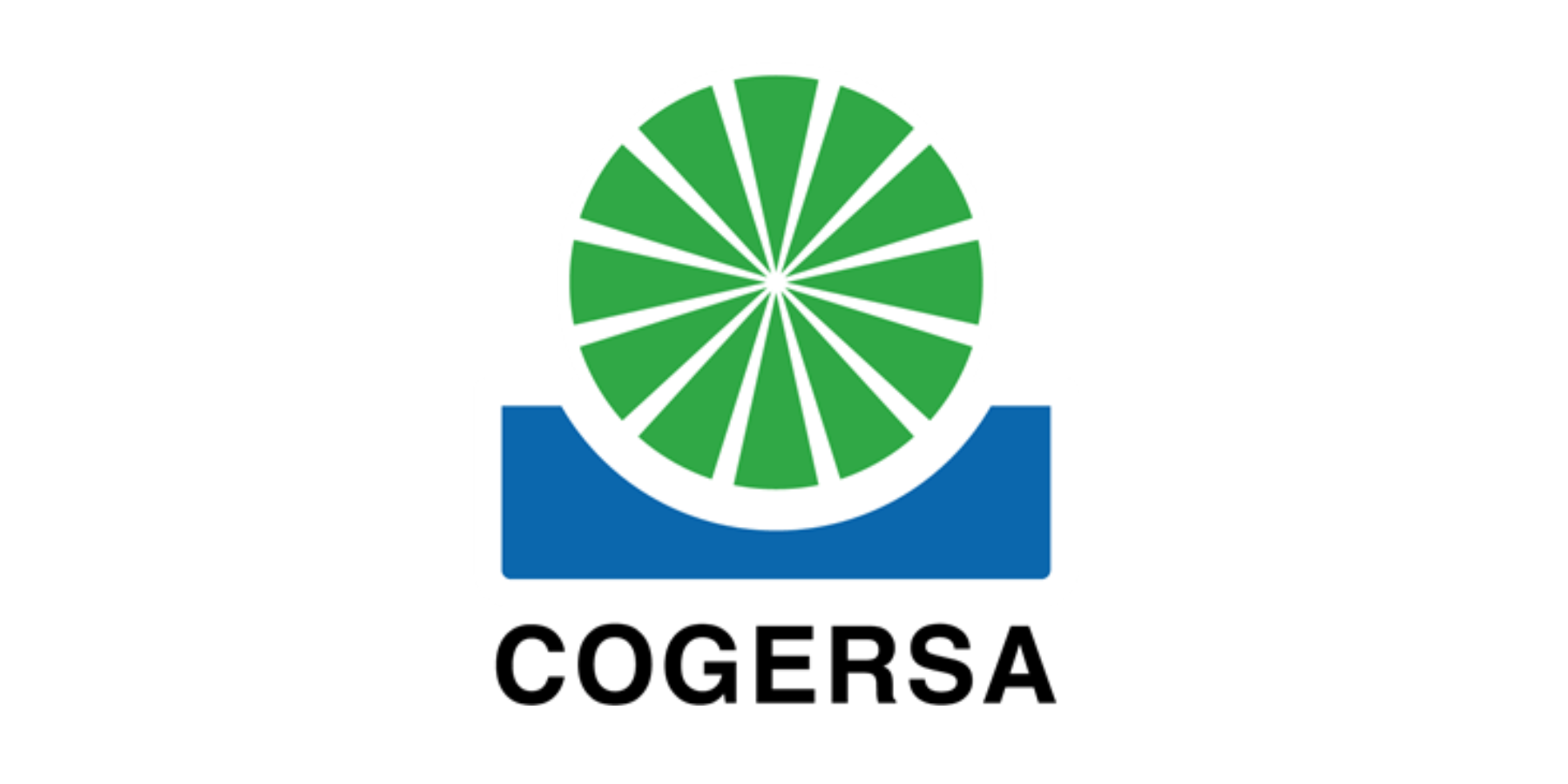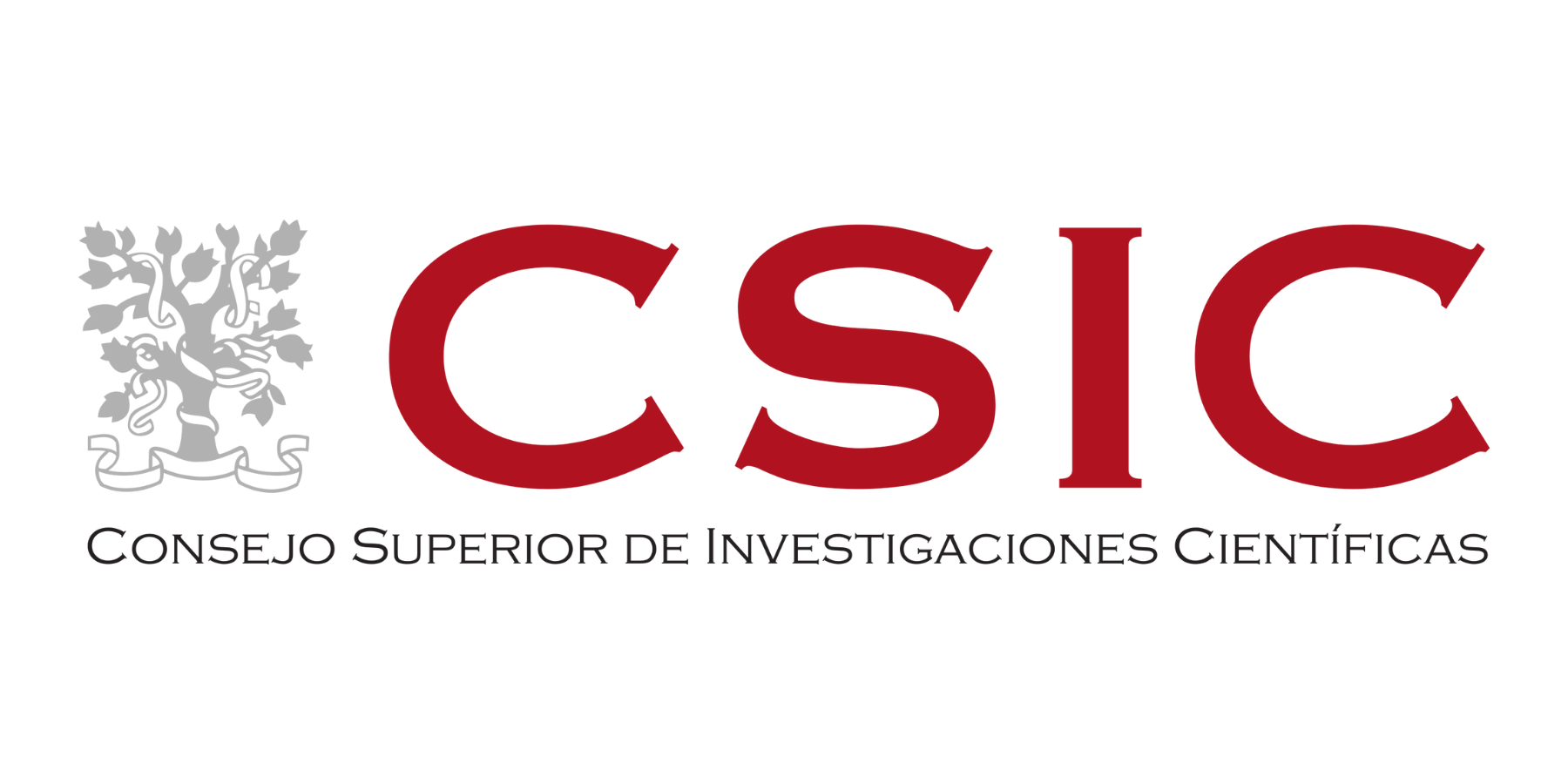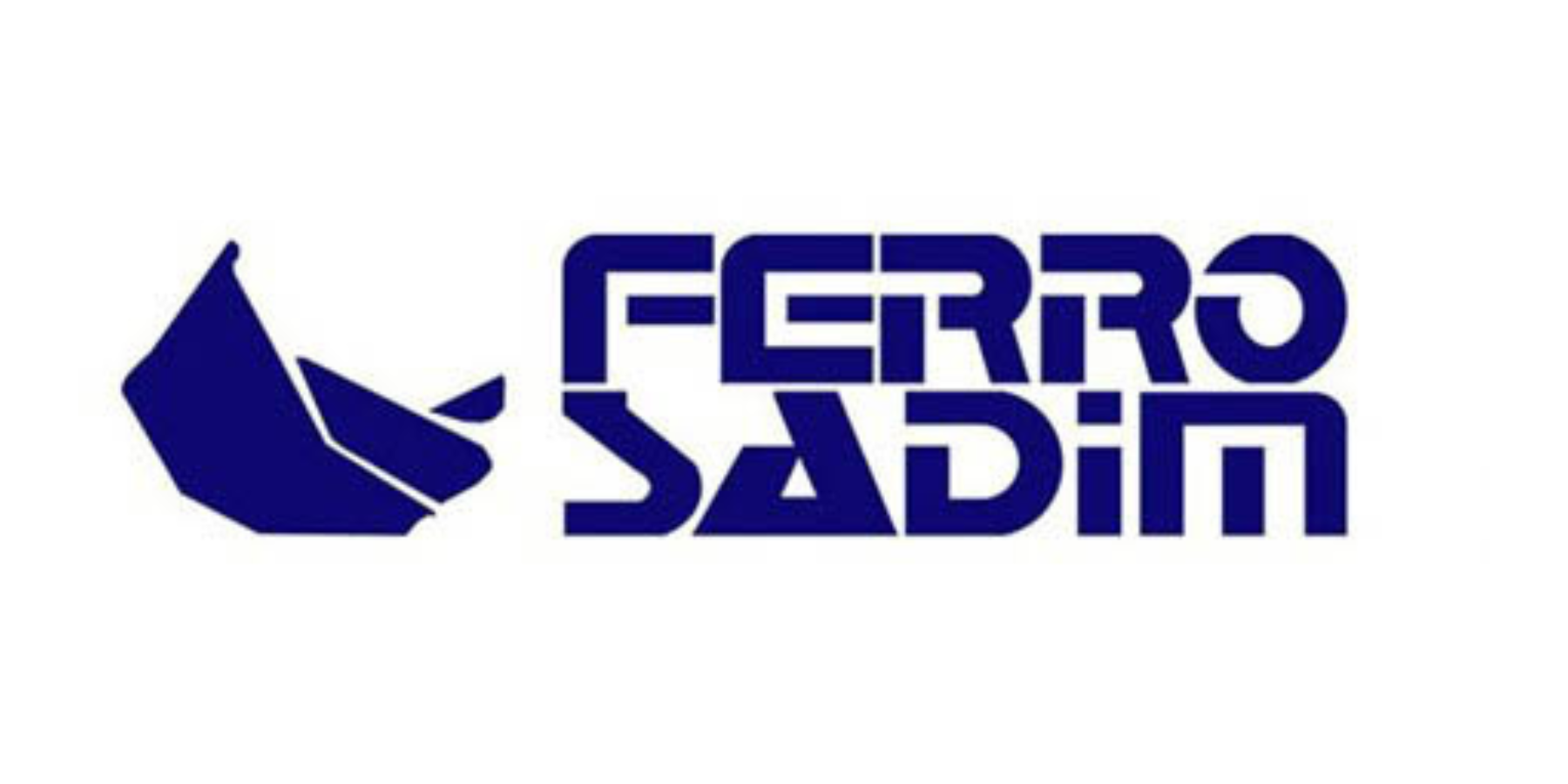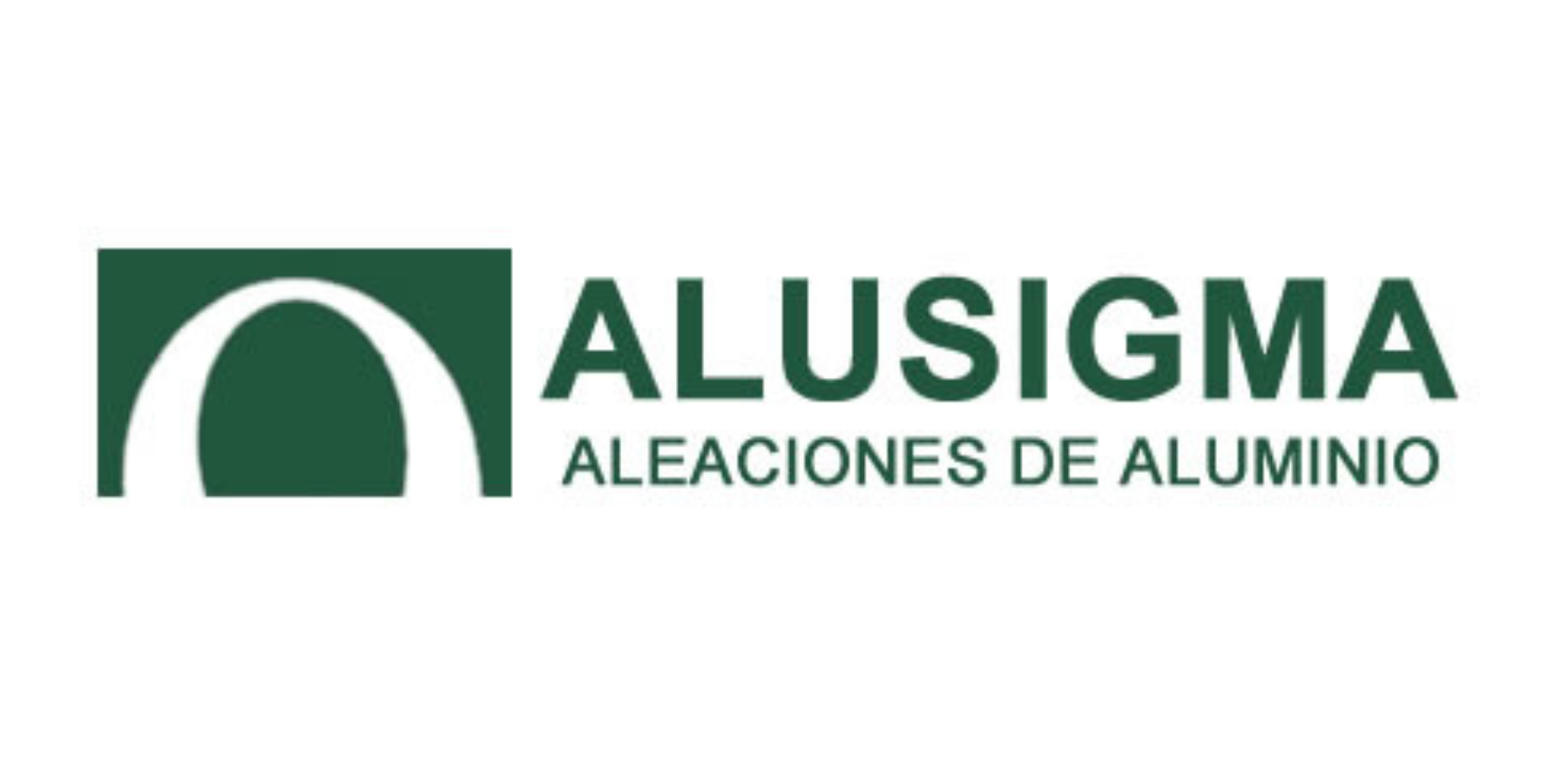Pretratamiento de escorias salinas de aluminio y residuos ricos en Si
Cómo funciona el proceso
La escoria salina es un residuo sólido generado en grandes cantidades por la industria del aluminio secundario (~0,5 toneladas de escoria salina por tonelada de aluminio reciclado producido). Para el año 2027, se estima que se generarán más de 13 millones de toneladas métricas de escoria salina en todo el mundo. El Catálogo Europeo de Residuos Peligrosos (2001) clasifica la escoria salina como un residuo tóxico y peligroso. Sin embargo, su composición rica en aluminio convierte a la escoria salina en una posible candidata para la síntesis de zeolitas. Teniendo en cuenta que el objetivo de Z-ONA4LIFE es reciclar la escoria salina transformándola en zeolita, y dado que la escoria salina solo aporta aluminio, pero no el silicio necesario para ajustar la relación Si/Al en la composición química de la zeolita, se requiere la adición de residuos ricos en silicio.
Cuando se trabaja con residuos, es esencial obtener muestras representativas que mitiguen la heterogeneidad intrínseca característica de estos materiales. Para lograrlo, es necesario someter los residuos a diversos procesos de pretratamiento, los cuales facilitan la obtención de muestras que reflejen con precisión la composición global. Estos pretratamientos son cruciales para garantizar que las muestras recogidas proporcionen datos fiables para análisis posteriores y para la toma de decisiones.
En el laboratorio del grupo MEDES del IETcc-CSIC, se llevan a cabo una serie de ensayos de pretratamiento de residuos. El primer paso es la trituración y la posterior separación en fracciones representativas mediante un divisor automático de muestras. La homogeneización de las muestras, un paso muy importante en el proceso, se realiza mediante una mezcladora tridimensional. Obtener muestras homogéneas y representativas es un aspecto crítico para minimizar la heterogeneidad y las discrepancias en los ensayos posteriores.
Después de las etapas de fraccionamiento y homogeneización, los residuos se caracterizan utilizando diferentes técnicas analíticas , como la fluorescencia de rayos-X (FRX) y la difracción de rayos-X (DRX), para determinar su composición química y mineralógica. Además, se lleva a cabo un estudio de clasificación granulométrica para analizar la distribución de elementos químicos y fases cristalinas en las diferentes fracciones.
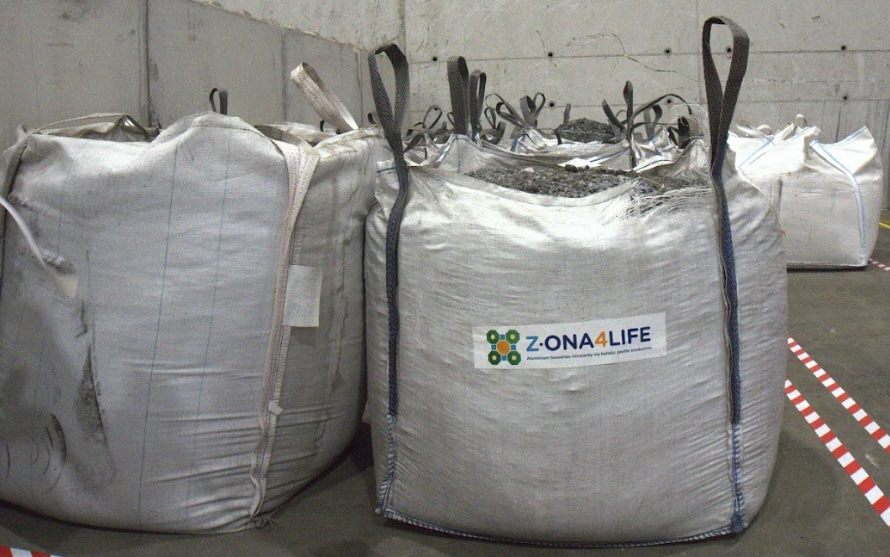
Z-ONA4LIFE Escoria salina en Alusigma
El uso de escoria salina en la producción de zeolita Z-ONA representa un desafío debido a su alto contenido en sales (cloruro de sodio, NaCl), que debe eliminarse antes de que pueda utilizarse como materia prima para sintetizar zeolitas. Un paso clave en el desarrollo del proyecto es la eliminación de este contenido salino mediante un proceso de hidrólisis, que requiere una profunda investigación en el laboratorio para determinar las condiciones óptimas del proceso de hidrólisis.
Una vez finalizado el proceso de hidrólisis, la escoria hidrolizada, los gases generados y la salmuera producida serán completamente caracterizados. Estos datos son fundamentales para el avance del proyecto Z-ONA4LIFE, ya que son esenciales para el diseño de la planta piloto para la producción a gran escala de zeolita Z-ONA (Fase 2) y para la recuperación de subproductos de la salmuera (Fase 3).
